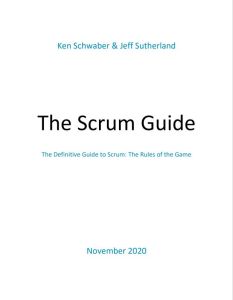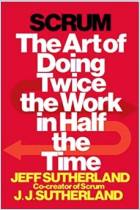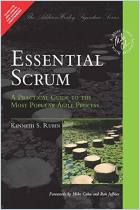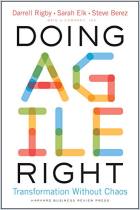
Recommendation
In their second edition of The Scrum Guide, the authors and inventors of the Scrum framework for product development, Ken Schwaber and Jeff Sutherland, lay out the basics of their work management process. Though it began with software development, Scrum has – over the past decade – spread to all types of product development. Schwaber and Sutherland break down each of their framework’s key elements, from assembling the right Scrum teams, to conducting Sprints and reviewing team effectiveness. Though brief, the guide offers enough detail for any firm to begin applying Scrums and Sprints to improve product development approaches and processes.
Summary
About the Authors
Ken Schwaber and Jeff Sutherland invented the Scrum process in 1995. Schwaber leads Scrum.org, an organization that trains and certifies Scrum professionals. Sutherland serves as CEO of Scrum Inc., Chairman of the Scrum Foundation and an Agile coach.
















Comment on this summary